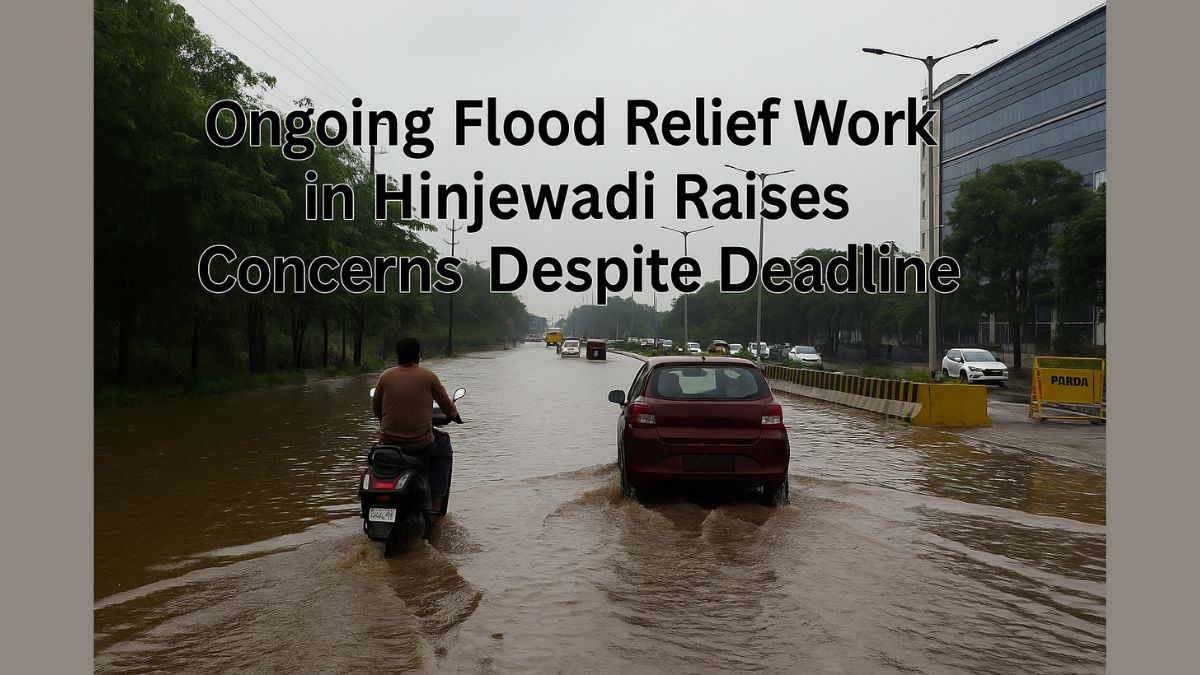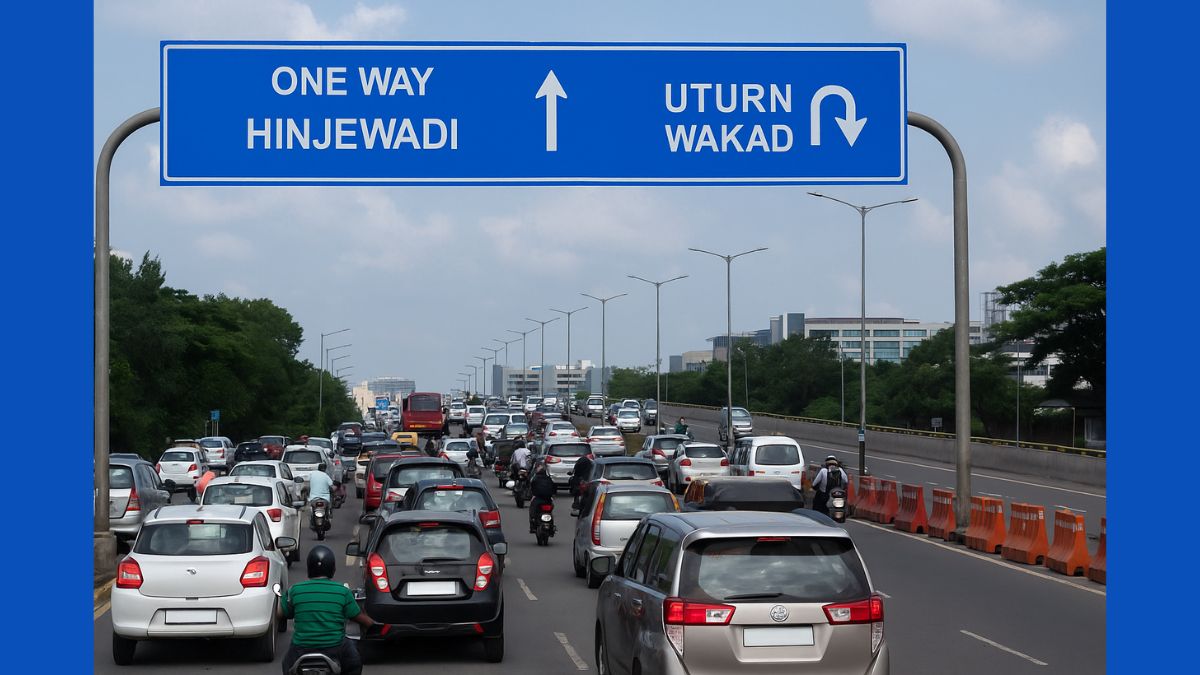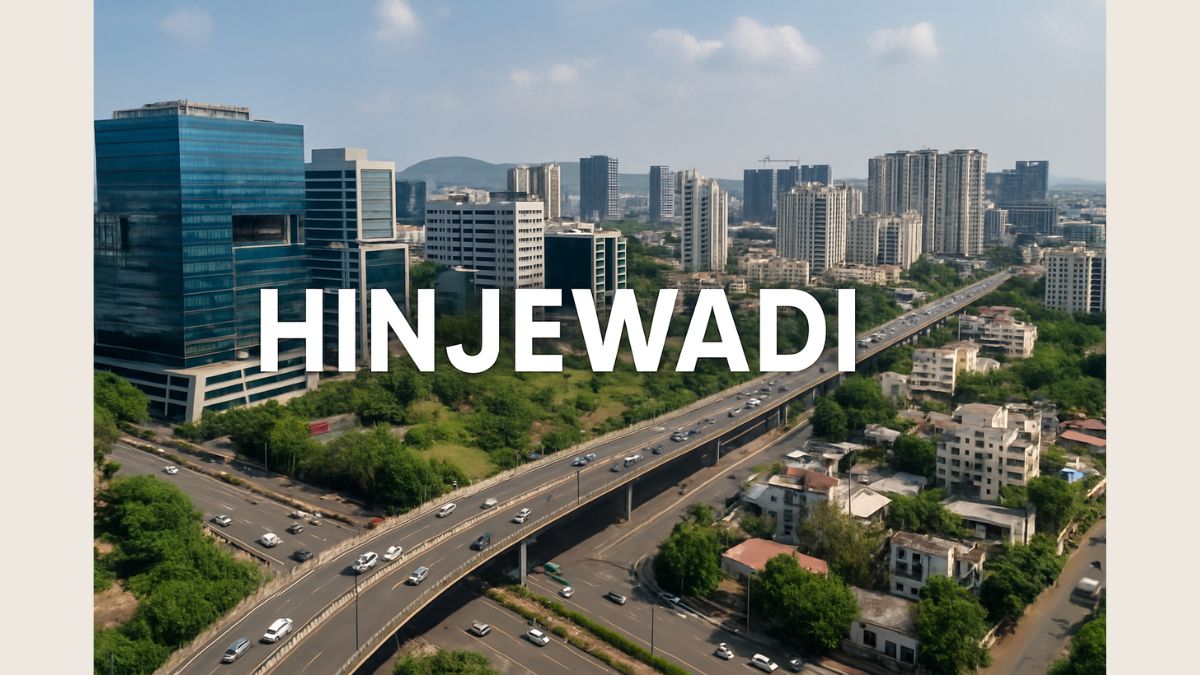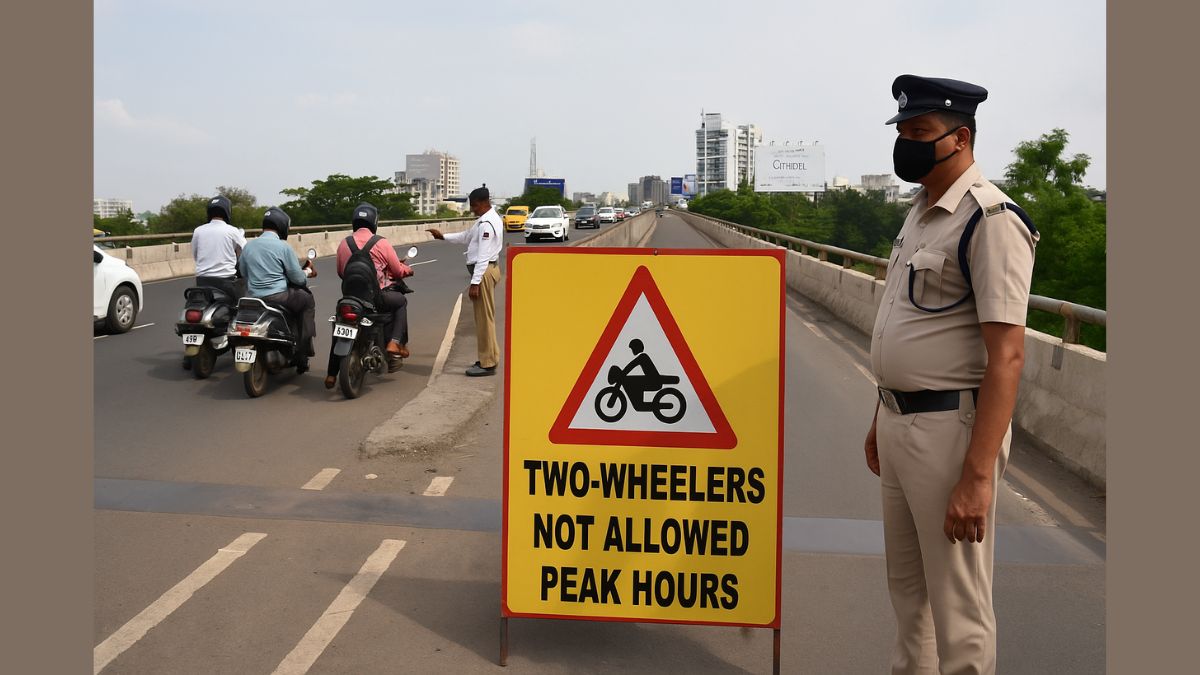- Ongoing Flood Relief Work in Hinjewadi Raises Concerns Despite Deadline
- Hinjewadi Faces Drainage Woes Again After Heavy Rains
- Joint Review After Missed Deadline
- Flooding Caused by Metro Barricades
- Local Residents Share Concerns
- Poor Planning Behind Floods
- What the Government Is Doing
- Specific Areas Needing Urgent Fixes
- Real Solutions Will Need Long-Term Planning
- Why This Matters
- Future Plans to Improve the Area
- PMRDA to Submit Report to CM
- Voices from Hinjewadi Speak Up
- FAQ: Common Questions about Hinjewadi Flood Relief
Ongoing Flood Relief Work in Hinjewadi Raises Concerns Despite Deadline
Hinjewadi Faces Drainage Woes Again After Heavy Rains
Flooding in Hinjewadi has once again raised questions about the area’s drainage system. Even after officials set a clear deadline of June 15 to complete necessary works, the situation on the ground is far from over. Continuous rains and poor planning have made things worse.
Joint Review After Missed Deadline
After the floods on June 7 and 13, several teams including PMRDA, MIDC, and metro contractors began cleanup and repair efforts in Hinjewadi. A meeting chaired by PMRDA Commissioner Dr. Yogesh Mhase had given a deadline to complete all works by June 15. However, after that date passed, officials conducted another visit to check progress. They found that some work had started, but many areas still needed attention.
MIDC’s Chief Engineer Nitin Wankhade said that cleanup and drainage repair work is ongoing and will need a few more days. But many local residents feel the situation should have been addressed much earlier, especially after repeated floods.
Flooding Caused by Metro Barricades
During the review, officials found that barricades installed for metro construction had blocked the natural path of rainwater. These barriers caused water to collect on one side of the road. Although the barricades were removed the next day, the damage had already been done. Roads had turned into water-filled trenches, affecting daily life and traffic.
Local Residents Share Concerns
Pawanjeet Mane, president of the Hinjewadi IT Park Residents Welfare Association, said some cleanup has happened, but much more is needed. He pointed out that major junctions and the entire 8-km stretch from NH-48 to Phase 3 must be cleaned properly to prevent repeat flooding.
Another resident, Ravindra Sinha, highlighted that just clearing a few drains won’t be enough. The area sees around 20 crore litres of rainwater runoff due to the 5,000-acre catchment zone nearby. He said unless natural streams are revived and illegal buildings are removed, the problem will keep coming back.
Poor Planning Behind Floods
Many feel that Hinjewadi’s problems come from poor planning. The area has seen fast growth in recent years with big IT offices, housing complexes, and road projects. But the basic infrastructure, especially for stormwater, hasn’t been upgraded accordingly.
The issue is not just blocked drains or broken roads. It’s the loss of natural water paths. When rainwater has no way to flow, it ends up flooding roads and societies.
What the Government Is Doing
Dr. Mhase of PMRDA has said that all concerned departments are now working together. They are reviewing works regularly and sending reports to the chief minister. On June 16, officials from MIDC and PMRDA again visited the affected areas and instructed teams to speed up the work.
Some key actions taken so far include:
- Cleaning of blocked stormwater drains
- Reopening of road median gaps for better water flow
- Identifying and clearing illegal structures on natural water routes
- Assigning responsibilities to each government department
But rains continue to slow down road repairs. And while some drains are now functional, residents say temporary solutions won’t help during heavy monsoons.
Specific Areas Needing Urgent Fixes
Officials have listed a few critical spots that need quick attention:
- Drainage near Dolphin and Sai Proviso buildings
- Construction debris (rubble) along metro routes
- Polluted water being dumped in natural streams
- Closed natural drains which need to be reopened
- Repairs of broken sewage pipelines
These efforts are being led by MIDC, which is also laying new drainage pipelines in a few places. Some construction projects that were blocking water flow have been ordered to stop work.
Real Solutions Will Need Long-Term Planning
Experts say short-term fixes like cleaning drains or putting pumps won’t work every time. For a permanent solution, Hinjewadi needs long-term planning.
Here’s what’s being suggested:
- Restore natural streams and stop encroachments
- Use green solutions like rain gardens or permeable pavements
- Create dedicated water channels to guide rainwater
- Plan new buildings in a way that doesn’t block water paths
- Improve coordination between departments
A strong and permanent drainage system will not only stop floods but also make daily life easier for commuters, workers, and residents.
Why This Matters
Hinjewadi is not just any area—it’s one of India’s top IT hubs. Thousands of people travel here daily for work. When roads are flooded, it affects businesses, workers, and delivery services. Low-income workers using two-wheelers or public transport face the worst problems.
This is not only a technical problem—it also affects people’s access to jobs and safety. That’s why fixing Hinjewadi’s drainage system is not just about water, but also about fairness and better urban life.
Future Plans to Improve the Area
Going ahead, officials have promised the following steps:
- Road surfaces will be rebuilt where damaged
- Secondary drainage outlets will be added for better water flow
- Flow-capacity testing will be done before final road designs
- Zoning changes will be proposed to avoid new constructions on sensitive water paths
- Community feedback forums will be set up
Residents will be able to report issues directly, and updates will be shared through official websites and social media.
Also, emergency alerts will now be sent by SMS during heavy rainfall, and warning signs will be placed on flooded roads to guide commuters.
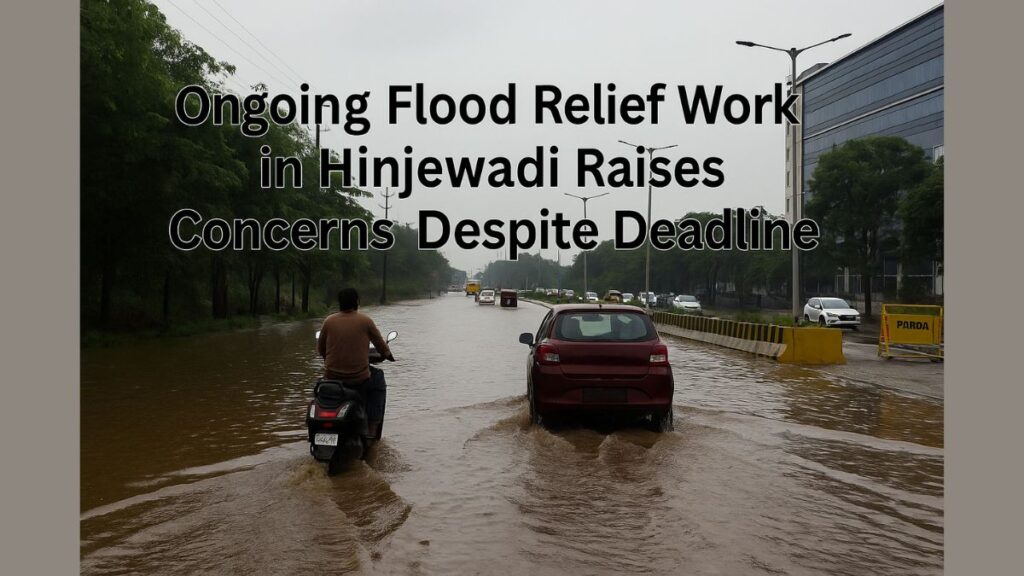
PMRDA to Submit Report to CM
The latest update from PMRDA Commissioner Dr. Mhase is that all departments involved in this work will submit a detailed progress report to the Chief Minister. This report will include what has been done, what remains, and what challenges are being faced due to continuous rains.
He also confirmed that inspections will now be conducted every 15 days to make sure work doesn’t stop midway again.
Voices from Hinjewadi Speak Up
The Hinjewadi IT Park Residents Welfare Association has been very active in raising concerns. They’ve asked the government to include local people in the decision-making process. They believe that if residents are involved, the outcomes will be better and long-lasting.
Many are now asking—why did it take back-to-back floods for officials to act? And will these new steps really stop flooding next time? The next few weeks will be important to see if the promises are kept.
FAQ: Common Questions about Hinjewadi Flood Relief
Q1: Why does Hinjewadi flood so easily?
A: The area has grown fast, but the drainage system hasn’t kept up. Natural water paths are blocked due to metro work and buildings.
Q2: What is the government doing to fix this?
A: MIDC and PMRDA are cleaning drains, stopping illegal construction, and building new pipelines. They also plan to fix roads and inspect work regularly.
Q3: Will this problem happen again?
A: If only temporary fixes are done, the problem may return. Permanent solutions like reviving natural streams and better planning are needed.
Q4: How can residents stay updated?
A: PMRDA will share updates through official channels. SMS alerts and warning signs will also be used during heavy rains.
To check more about Hinjewadi, Click Here.

Hi, I’m Rohit Patil. I write about everything related to Hinjewadi – from local news and events to interesting spots and businesses. My goal is to share helpful and easy-to-read content for everyone who wants to know more about this vibrant area. Stay tuned for more!
